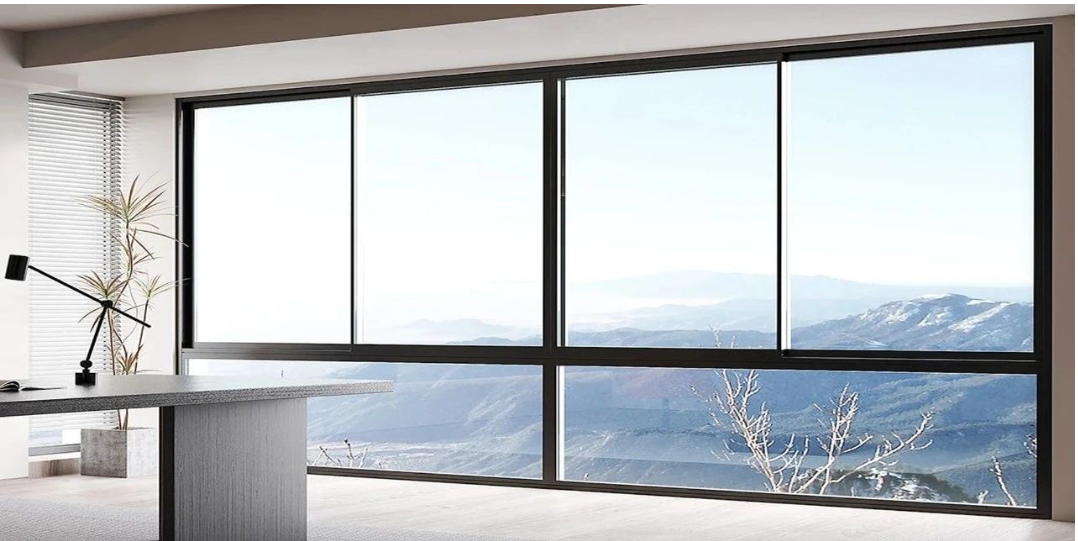
Blog
Which Window Type Suits You? Sliding, Tilt & Turn, or Casement?
Choosing the right window style for your home involves balancing functionality, aesthetics, and energy efficiency. Three popular options—sliding//ROEPAR, tilt & turn//ROEPAR, and casement//ROEPAR windows—each offer unique benefits. Let’s explore their differences to help you decide.
1. Sliding//ROEPAR Windows: Space-Saving Simplicity
Sliding windows glide horizontally on tracks, making them ideal for rooms with limited space. Their minimalist design suits modern homes, and ROEPAR’s sliding models feature durable frames and smooth operation. However, they may offer less ventilation than other types since only half the window opens.

Best For:
- Compact areas like patios or bedrooms
- Homes with contemporary aesthetics
- Low-maintenance solutions
2. Tilt & Turn//ROEPAR Windows: Versatility Meets Security
Tilt & turn windows open inward in two modes: tilting from the top for ventilation or swinging fully for cleaning. ROEPAR’s designs enhance safety with multi-point locking systems, making them popular in Europe. Their airtight seal also improves thermal efficiency.

Best For:
- High-rise apartments needing secure ventilation
- Energy-conscious homeowners
- Easy-cleaning solutions
3. Casement//ROEPAR Windows: Unmatched Airflow
Casement windows hinge at the side and open outward like doors, providing full ventilation. ROEPAR’s casement range uses robust hardware to withstand wind pressure. While they require more clearance than sliding windows, their classic look complements traditional and rustic homes.

Best For:
- Maximizing natural airflow
- Coastal areas needing wind resistance
- Traditional architectural styles
Key Considerations Before Choosing
Space: Sliding//ROEPAR windows save room; casement//ROEPAR needs clearance.
Ventilation: Casement//ROEPAR offers 100% opening; tilt & turn//ROEPAR provides controlled airflow.
Security: ROEPAR’s tilt & turn and casement models include advanced locking mechanisms.
Ultimately, your choice depends on lifestyle needs and home design. ROEPAR’s range ensures quality across all styles, blending innovation with practicality.
Please give us a message

